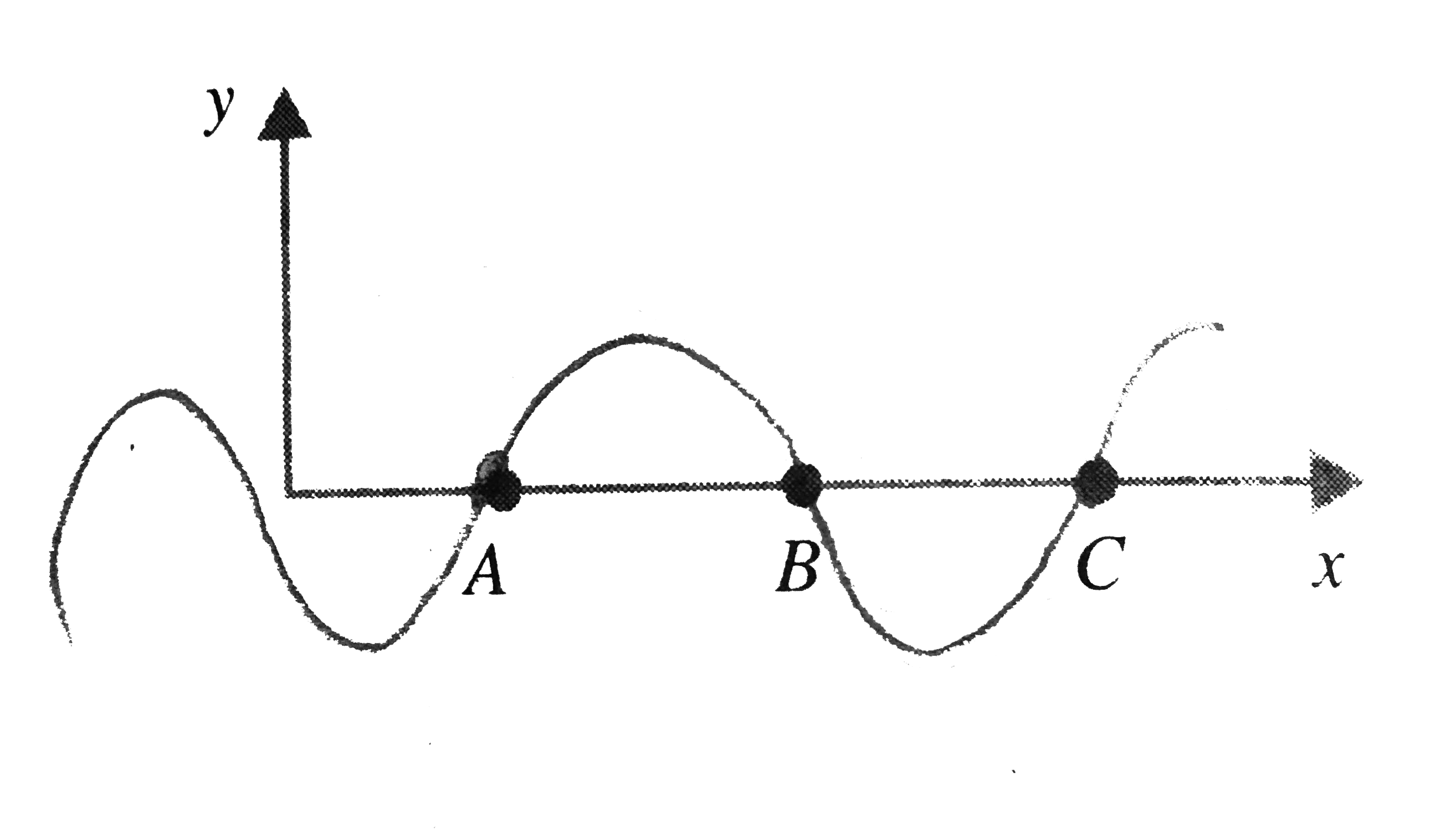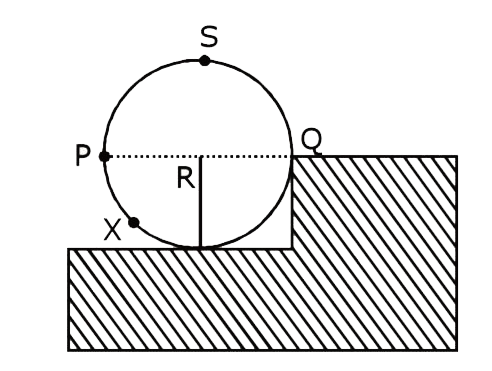E. Coli about to replicate was placed in a medium containing radio active thymidine for five minutes. Then it was made to replicate in a normal medium. Which of the following observation shall be correct : -
Both the strands of DNA will be radio active
One strand radio active
Each strand half radio active
None is radio active
The correct Answer is:B
To solve the question regarding the E. coli experiment with radioactive thymidine, we can break down the process step by step:
Step 1: Understanding the Experiment
E. coli was placed in a medium containing radioactive thymidine for five minutes. Thymidine is a nucleoside that is a building block of DNA. The radioactive thymidine will be incorporated into the DNA during replication.
Hint: Remember that thymidine is a component of DNA, and its incorporation into DNA will help us track which strands are newly synthesized.
Step 2: Mechanism of DNA Replication
DNA replication is a semi-conservative process. This means that during replication, each of the two strands of the original DNA molecule serves as a template for the new strands. After replication, each new DNA molecule consists of one old (parent) strand and one newly synthesized strand.
Hint: Focus on the semi-conservative nature of DNA replication, which is crucial for understanding how the radioactive thymidine will be distributed.
Step 3: Analyzing the Result After Replication
After the E. coli was placed in the radioactive medium, it would replicate its DNA, incorporating the radioactive thymidine into the newly synthesized strands. When the cells are then placed in a normal medium, they will continue to replicate, but the new strands will not incorporate any more radioactive thymidine.
Hint: Consider what happens to the strands after the initial incorporation of the radioactive thymidine and how they will behave in subsequent replications.
Step 4: Determining the Observations
Since the original DNA strand (the parent strand) was not exposed to radioactive thymidine after the first five minutes, it will not be radioactive. The newly synthesized strand will contain the radioactive thymidine. Therefore, after the replication process, we will have one radioactive strand (the newly synthesized strand) and one non-radioactive strand (the original template).
Hint: Think about the implications of semi-conservative replication: one strand will always be the original, and one will always be newly synthesized.
Conclusion
Based on the above analysis, the correct observation is that one strand of the newly synthesized DNA will be radioactive while the other strand (the parent strand) will not be radioactive.
Thus, the correct answer is: Option 2: One strand radioactive.
E. coli was placed in a medium containing radioactive thymidine for five minutes. Thymidine is a nucleoside that is a building block of DNA. The radioactive thymidine will be incorporated into the DNA during replication.
DNA replication is a semi-conservative process. This means that during replication, each of the two strands of the original DNA molecule serves as a template for the new strands. After replication, each new DNA molecule consists of one old (parent) strand and one newly synthesized strand.
After the E. coli was placed in the radioactive medium, it would replicate its DNA, incorporating the radioactive thymidine into the newly synthesized strands. When the cells are then placed in a normal medium, they will continue to replicate, but the new strands will not incorporate any more radioactive thymidine.
Since the original DNA strand (the parent strand) was not exposed to radioactive thymidine after the first five minutes, it will not be radioactive. The newly synthesized strand will contain the radioactive thymidine. Therefore, after the replication process, we will have one radioactive strand (the newly synthesized strand) and one non-radioactive strand (the original template).
Based on the above analysis, the correct observation is that one strand of the newly synthesized DNA will be radioactive while the other strand (the parent strand) will not be radioactive.
Similar Questions
In S–phase, DNA is replicated in a medium containing radioactive thymidine, radioactivity will be observed in :
View SolutionAn EM wave from air enters a medium. The electric fields are
→E1=E01ˆxcos[2πv(zc−t)] in air and
→E=E02ˆxcos[k(2z−ct)] in medium, where the wave number k and frequency v refer to their values in air. The medium is non-magnetic. If ∈r1 and ∈r2 refer to relative permittivities of air and medium respectively, which of the following options is correct ?
View SolutionA,B and C are the three particles of a medium which are equally sparated and lie along the x-axis. When a sinusoidal transverse wave of wavelength k propagates along the x-axix, the following observation are made:
(i) A and B have the same speed. (ii) A and C have the same velocity.
Find (a) the minium distance between A and B and (b) the minimum distance between A and C.

View SolutionA wheel of radius R and mass M is placed at the bottom of a fixed step of height R as shown in the figure. A constant force is continuously applied on the surface of the wheel so that it just clims the step without slipping. Consider the torque τ about an axis normal to the plane of the paper passing through the point Q. Which of the following options is/are correct?

View SolutionReplication was allowed to take place in the presence of redioactive deoxynucleotides precursors in E. coli that was a mutant for DNA ligase. Nswly synthesised redioactive DNA was purified and strands were separated by denatureation. These were centrifuged using density gradient centrifugation. Which of the following would be a correct resulat ?

View SolutionE.coli with dsDNA labeled with radioactive thymidine, allowed to replicates in a simple nutrient medium for two - generation. What will be the percentage of bacteria containing only non-radioactive DNA ?
View SolutionA completely radio active DNA was allowed to replicate in non radio medium for two generations. Percentage of radioactive DNA is after process :-
View Solution1 L sample of impure water containing sulphide ion is made ammoniacal and is titrated with 300 " mL of " 0.1 M AgNO3 solution. Which of the following statements is/are correct about the above reaction?
View SolutionA solution containing Cu2+ and C2O2−4 ions is titrated with 20 " mL of " M4 KMnO4 solution in acidic medium. The resulting solution is treated with excess of KI after neutralisation. The evolved I2 is then absorbed is 25 " mL of " M10 hypo solution. Which of the following statements are correct?
View SolutionThe wild type E. coli cells are growing in normal medium with glucose. They are transferred to a medium containing only lactose as sugar. Which of the following changes take place ?
View Solution
